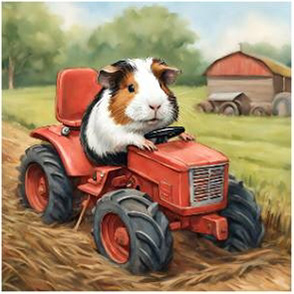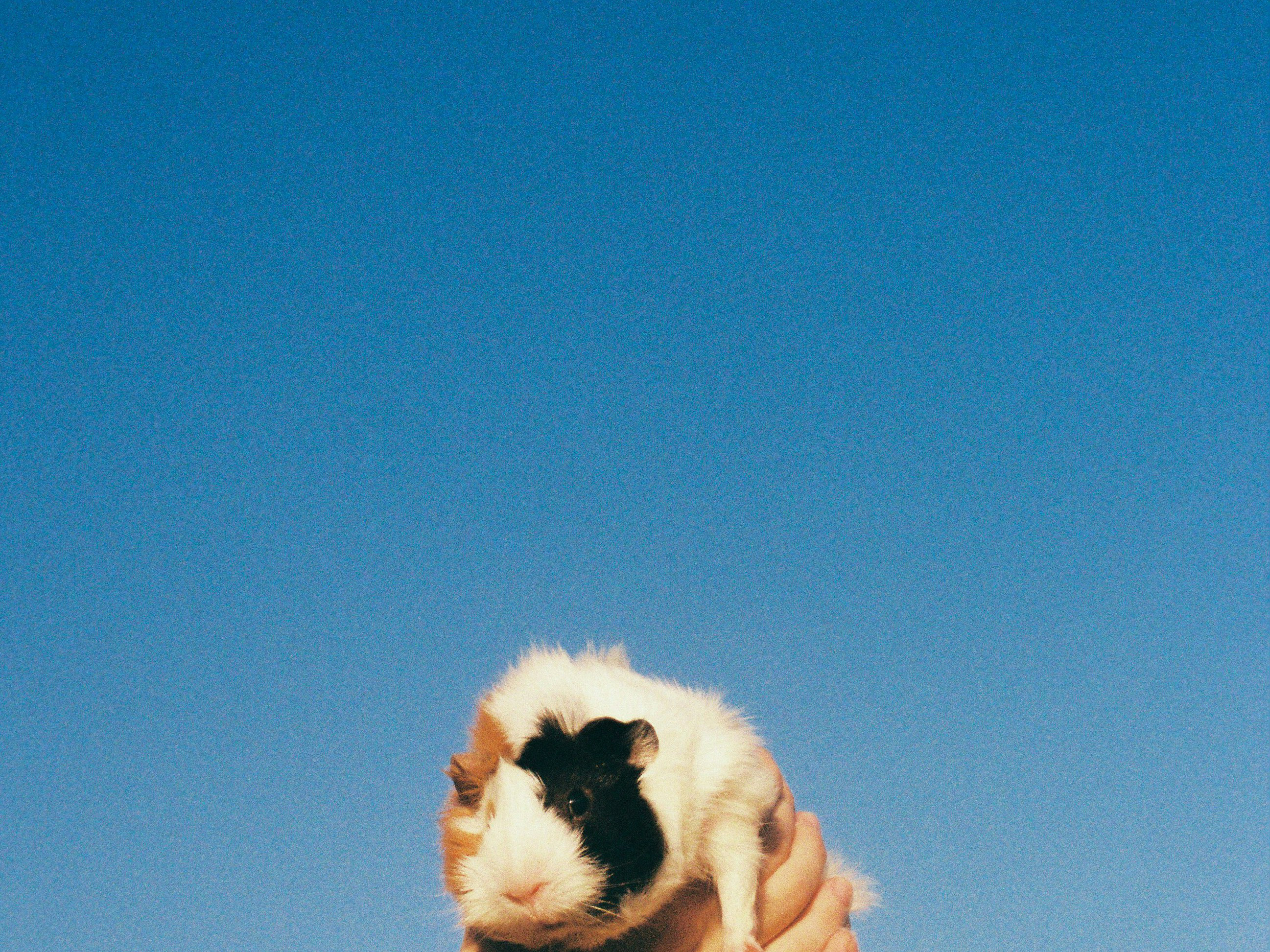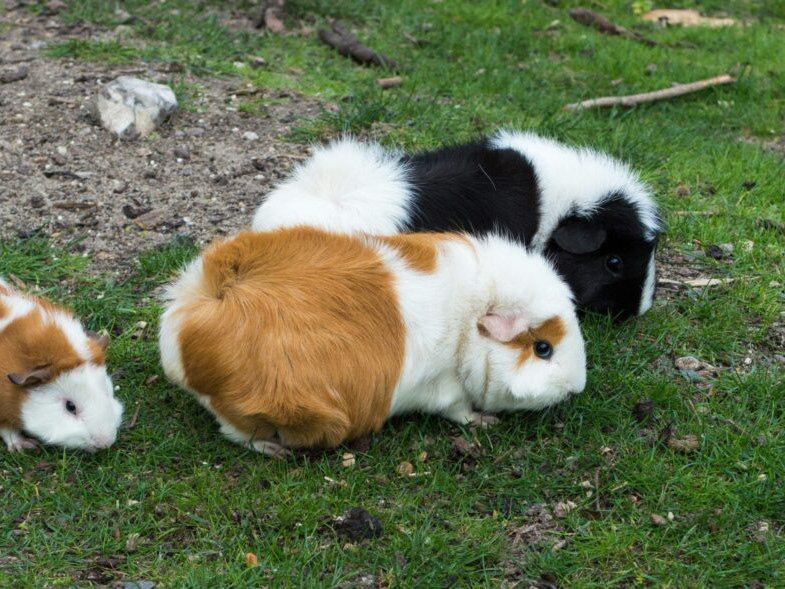Chickens are the gateway to a new lifestyle you didn’t know you wanted. They are easy to take care of, and they can feed you without making the ultimate sacrifice. There is more though: they help control insects and are an excellent source of fertilizer. When it comes to fertilizer, they are too good.
Hatching
Incubators can range in quality so this section is a reference only section. I use a styrofoam incubator from TSC and keep my temp set at 100.7 as I have found the eggs on the outside do not get warm enough at the 99.5 setting. Once a chick has peeped or broken the egg shell, humidity is crucial. I like my humidity no less than 70%. Placing a wet sponge in the incubator can help achieve this. Maintaining high humidity keeps the chick from being shrink wrapped by the inner lining. If I think I may be dealing with shrink wrapping I will assist the hatch by peeling as much of the egg shell as I can and tearing the lining in a way that does not disturb any place with blood. A tear is all that is needed. I don’t recommend removing the chick, especially not until the blood spot clots. Disturbing the bloody spot greatly reduces the chick’s survival chances. From there, it’s in Mother Nature’s hands. This method is not a guarantee of survival every time but it has worked for me more often than not.
Brooding
When brooding chicks “it is just as easy to raise fifty as it is to raise one”. Having a brooder that is at least 2 ft. high and adding a little bit of hay when the muck starts to smell can save you from cleaning your brooder every couple of days. Unlike shaving, hay is harder for the chicks to kick up, leaving the muck underneath the fresh hay. By the end of the 6 week brooding cycle your brooder will be halfway full and ready to clean when your chicks are ready for the coop. As far as temperatures go I have observed that baby chicks tend to do just fine as long as the temperature is above 75 degrees Fahrenheit. When using a heat lamp and temperatures are in the 95 plus range you may want to give your chicks some electrolytes. For this I recommend NutriDense. I believe this to be more beneficial because it can also be administered orally to chickens that are doing poorly with noticeable results instantly. NutriDense is a concentrate. Therefore, administering orally should be done only using a drop or two.
The Chicken Run
Even if you intend on free ranging your chickens it is good to go ahead and make them an area just outside the coop for them: a chicken run. When enclosing your chicken run remember that “chicken wire is made to keep chickens in, not to keep predators out”. That being said, I recommend only using chicken wire alongside a stronger fence, like chain link, to keep your small chicks contained. It is important to put the chicken wire on the inside of the fence so the chicks can’t get stuck between the two fences.
The Coop
While baby chicks need to be kept warm until they have feathers, grown chickens need to be kept cool and because they do most of their pooping while they are sleeping it is best to have a well ventilated coop. The worst part of keeping chickens is cleaning the coop. I have found using hay or straw inside the coop makes for easy and fast clean up. In my opinion wood chips on a wood floor will accelerate rotting. The important thing to remember is animals can be cold, and animals can be wet, but they cannot be both cold and wet.
Deep Bedding
Wood chips specifically, not shavings, are excellent at absorbing chicken manure and keeping your place from stinking. For every inch of wood chips you add to your chicken run, you can avoid cleaning for a month. A 12-inch layer of wood chip can last a year then what you clean out can go in your garden and flower bed or even spread in your yard. A 6-inch layer will need to be addressed in a few months because anything less than 8 inches is not deep bedding. Keep in mind chicken fertilizer can be very strong and can burn plants easily.
Curious about the potential threats your feathery friends might face? Check out these detailed charts:
The Rooster
Always keep an eye on your rooster; it is when you break eye contact that they might attack. If you have a mean rooster pin him to the ground like he does the hens and hold him there till he figures out that he is your chicken. Picking your rooster up and trying to comfort him afterwards sends mixed signals and mixed signals could lead to a rematch!
The Egg
Free-ranging your chickens can greatly improve the quality and taste of your eggs. You may find yourself needing to give your chicken some calcium even if your feed contains calcium already. A good way to tell if you need to give your chickens calcium is if they are eating their eggs. Oyster shells are a great source of calcium and can help prevent sour crop. Did you know eggs don’t have to be refrigerated if you don’t wash them? If you choose to wash them all you need is some vinegar and water. Most importantly if an egg floats it is a rotten egg.
The Best Tasting Egg
I hope you found this blog post helpful to you and your chickens. Are you curious about something I didn’t go over? While this Post covered a good bit there is plenty more to talk about. Remember to Like, follow, share and subscribe to my newsletter to find out how the GPG will strive to have the best tasting eggs in Texas!







